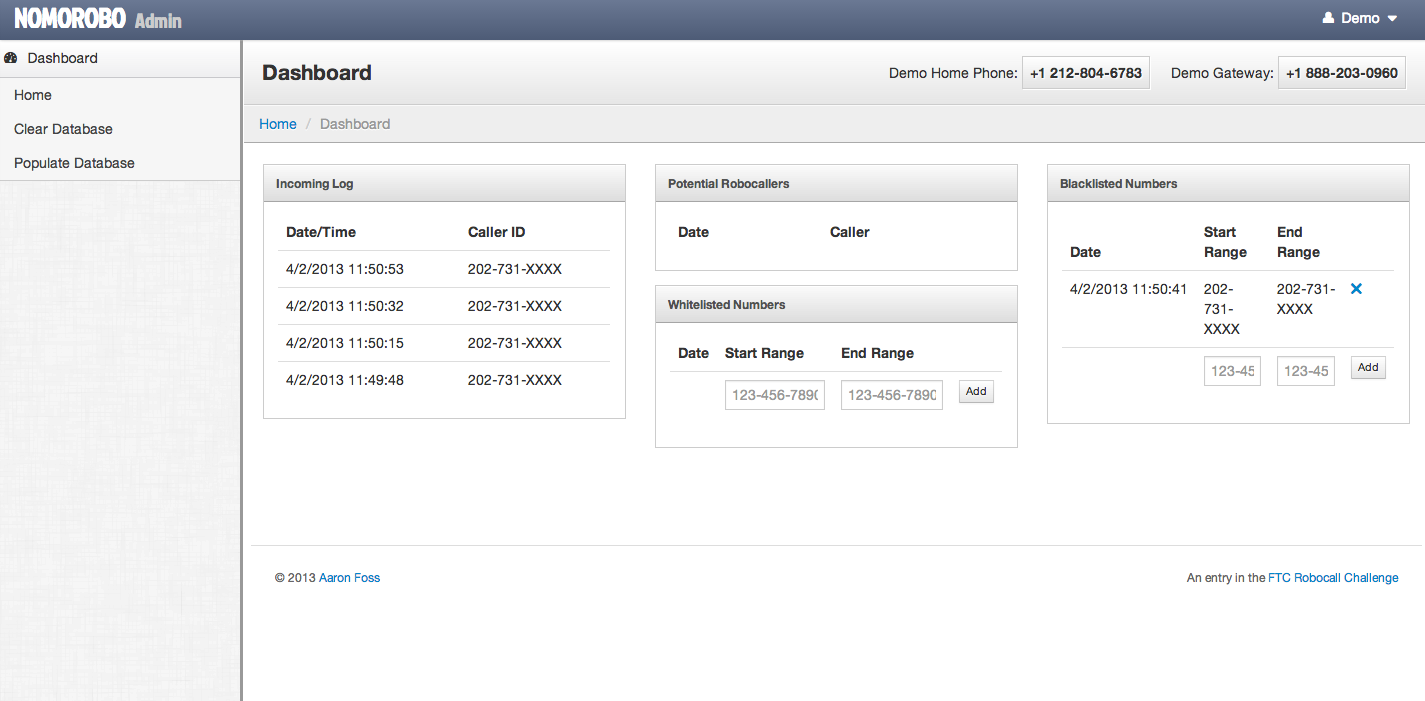Every month, the Federal Trade Commission receives 200,000 complaints about illegal robocalls, making it the most common problem reported to the FTC. Although the FTC has shut down some of the companies responsible for the billions of robocalls made in the US, it lacks a technological solution that would stop robocallers from dialing in the first place.
That's why the FTC last October offered a $50,000 prize to whoever could come up with the best technology for stopping robocalls. Today, the FTC announced three winners who devised robocall blocking systems that might help end the scourge forever. Two of the winning proposals detect illegal robocallers and disconnect the call before it can get through to consumers. The third would build a database of bad numbers by having consumers report robocalls.
The $50,000 prize will be split by two co-winners who separately built systems that "focus on intercepting and filtering out illegal prerecorded calls using technology to 'blacklist' robocaller phone numbers and 'whitelist' numbers associated with acceptable incoming calls," the FTC said. "Both proposals also would filter out unapproved robocallers using a CAPTCHA-style test to prevent illegal calls from ringing through to a user."
The FTC additionally honored two Google employees named Daniel Klein and Dean Jackson for devising a crowd-sourced robocall identification and blocking system. They won't receive a financial prize because none was offered for proposals from large businesses, but the system could still end up helping consumers.
The winners who split the $50,000 prize were Aaron Foss, a freelance software developer from Long Island, NY, and a computer engineer named Serdar Danis. Foss attended the winners' announcement press conference and talked to Ars on the phone afterwards.
Nomorobo—say it out loud
Foss' system is called "Nomorobo," and it blocks robocalls on any type of phone—landline, VoIP, or cellular—without requiring the user to buy any extra hardware. The customer would set up conditional call forwarding through their phone provider, allowing calls to ring both to their own number and to a Nomorobo number.



 Loading comments...
Loading comments...
